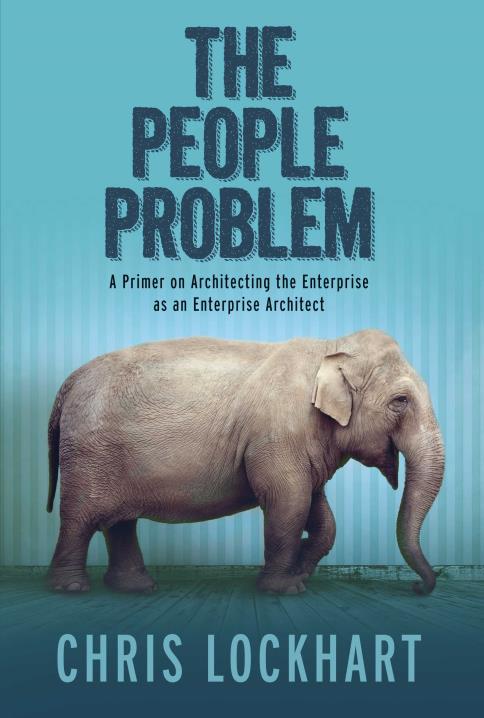There is something of an internecine warfare going on at the moment on the topic of enterprise architecture. On blogs and twitter feeds across the interwebs, battle lines seem to be forming over whether EA is dead or finally found to be an inarticulate term and therefore needs to be burned down and built up from scratch again. The phrase ‘built from the ashes of EA’ has been tossed about as if it is a foregone conclusion to all but the most uneducated that an entire field is discredited and dead.
Forgive me for sounding a contrarian chord. While I certainly have my views (some expressed) on the usefulness of a term like “enterprise architecture” (or for that matter, “portal” or “bpm” or “services”), I don’t think EA has burned to the ground. To paraphrase Eric Idle, EA is not dead yet.
Yes we practitioners are engaged in various internal and external conflicts over what our field means and how our EA power should be wielded. But we have somewhat of a myopic view of things sometimes. Occasionally, to put it delicately, we are too caught up in the minutiae and group think of our field to see a bigger picture. We are on the leading cusp of developments in EA and we’re debating the furiously. The reality is that most companies that use EA are not remotely close behind us on the race to the bleeding edge. Many large companies are still discovering Zachman and TOGAF and training up on basics of general architecture principles as they apply to app arch, infra arch and info arch. They’re not having debates about whether SOA or EA is more suited to defining cloud computing because many companies don’t really have well deployed SOA or EA or cloud computing. It sort of reminds me of a group I used to hang with in College who would spend every Friday debating merits of a matchup between the USS Enterprise and an Executor-Class Star Destroyer. They then wondered why they never had girlfriends.
I’m not suggesting we stop having these twitter feuds over our concepts and principles and vision. But we need to keep in mind that many important adopters of what we preach are adopting parts and pieces and even then it is often years behind the curve. Who can blame them? It would seem silly to build a program to change how things are done between business and IT based on an ever shifting and contradictory set of changes. This quarter SOA is EA. Next quarter that view is out and EA is a framework within which SOA can exist. Quarter after that EA doesn’t exist at all and was always a figment of your imagination.
At some point it becomes silly.
Companies like innovation. But they won’t be early adopters of an ill-defined and constantly changing mindset. They’ll wait for it to calm down a bit, solidify and congeal. Then they’ll slowly roll it out and gradually update it over time. Suggesting they take an ADHD approach of constant churn and ongoing rip and replace of the latest EA theories doesn’t help them or us as practitioners.
Now that doesn’t mean we should stop talking about the latest and greatest perspectives. I’ve already said I like an immature, constantly changing world of EA. I think I’m tempering that statement by adjusting the pace at which change takes place. I’m also suggesting there’s a difference between ways in which we are renewing concepts of EA versus selling EA consulting to customers and advising them to completely change their approach every 3 months. The first is healthy and positive. The second just reduces us to consultants who build in planned obsolescence and ultimately lose credibility with our customers.
We should probably take stock every now and then. Step back and recognize our discussion for what it is. It is merely a collegial hashing out of directionality, of evolution and revolution in our chosen field. It isn’t a prescription for our customers to heed every word and wind up in a fit of unrealized, ineffective and discredited EA implementations.


